Description
Rotary Vane Vacuum Pumps
Rotary vane vacuum pumps generate low-pressure zones by rotating the moving parts against the pump casing. The mating surfaces of the rotor and the housing have very small clearances that are covered with self-lubricating or low friction materials like graphite, PEEK (polyether ether ketone), or PTFE (polytetrafluoroethylene). ROTARY VANE PUMPS are available as dry-running or oil-lubricated. The VRT, DRT, DVT are single stage, dry-cooled and direct driven for continuous operation. Dry-Running Rotary Vane Pumps are single stage, dry-cooled and direct driven for continuous operation.
WORKING PRINCIPLE
Rotary vane pumps consist of a cylindrical housing (1), eccentrically positioned rotor (2), and numerous free-moving vanes (4). The vanes are placed in the slots of the rotor (3) and, as the rotor turns, the centrifugal force throws the vanes against the cylindrical wall, creating a chamber between the rotor and the cylinder (7). The chamber volume changes as the rotor turns. From the inlet port (5), the chamber volume enlarges, and then decreases towards the outlet port (6). As air enters the inlet port (5) and the chamber enlarges (7), the vanes create a vacuum. As the air is pushed through the chamber and it becomes compressed, pressure is produced at the outlet port (6).
Principles of vacuum pumps
The narrow clearance prevents fluid leakage to the low pressure side. Rotary vacuum pumps offer lower pulsing delivery than reciprocating versions, resulting in a more continuous flow. However, they are not suitable for handling fluids contaminated by abrasive media because the narrow clearances between the housing and the rotor can be eroded. Rotary vacuum pumps are categorized based on the rotor design.
The most popular form of positive displacement vacuum pump is the rotary vane vacuum pump. The vanes in this pump are inserted radially into a circular rotor. The rotor is positioned eccentrically with relation to the stator housing. The eccentricity is referred to as the pump stroke. As it gets closer to the discharge, the individual chambers divided by the vanes get smaller and smaller. The vanes are free to move radially, pressing on the housing mostly due to centrifugal force while the rotor turns. When the rotor is not in motion, a spring energizes or holds the vanes in place.
Design of Rotary Vane Vacuum Pumps
Rotary vane vacuum pumps are a type of positive displacement pump. This means that they constantly evacuate chambers and generate a vacuum without requiring infinite expansion by closing off, exhausting, and re-expanding one of their sections. Rotary vane pumps, aside from being positive displacement pumps, can be constructed as dry pumps or oil-sealed pumps. In a nutshell, dry pumps operate without the usage of any liquid.
Wet pumps use a fluid seal/lubrication to work, while dry pumps depend on internal dimensional tolerance to make a vacuum. Following that, oil-sealed pumps are a sort of wet pump (a pump that employs fluid to create a seal) that uses oil to generate a seal. Furthermore, many rotary vane vacuum pumps are built with a direct drive. Every rotary vane vacuum pump is built using the same basic components.
There will be changes in components depending on the design, size, or model. The following are some common components found in both oil-lubricated and dry-running pumps.
Servicing Vane vacuum pumps
Lubricated Vane Vacuum Pump Design
Rotor – The rotor is normally wound with copper, while some variants use a cylindrical or “caged” rotor constructed of solid conductors. The rotor is the revolving part of this electrical engine, regardless of design, but it requires energy to turn. The stator is the coiled layout’s stationary component. It carries electrical current and wraps around the interior surfaces of the motor’s housing. As basic as this arrangement of copper conductors appears to be, the technical concepts underlying the technique are a little more complicated.
Blades and Vanes – These are wide blades attached to a rotating wheel or axis. The vanes maintain a tight seal against the pumping chamber’s wall, preventing fluid from flowing back across the pump.
Oil Sump – The engine oil necessary for sealing is stored in the oil sump. An oil pump extracts the oil from it and conveys it into the engine block’s oil channels via the oil filter. The oil then returns to the oil sump via the sealing points.
Oil sealed vacuum pumps
Oils for rotary vacuum pumps have low vapor pressures, in the range of 10-4 Torr at room temperature. They are mineral oils that are refined until the required vapor pressure is attained. They must also have a sufficiently low vapor pressure at the normal operating temperature of the pump as this determines the lowest pressure that the pump can attain.
When a vacuum pump is first started you may notice that the indicated vacuum is lower than that seen when the pump has warmed up. Cold or cool oil will have a lower vapor pressure and allow the vacuum to create a lower pressure. The vapor pressure will rise as the fluid gets hotter and the pump will not reach quite as low a pressure.
Liquid ring vacuum pumps generally require an ISO 22 or ISO 32 viscosity. Rotary vane vacuum pumps normally utilize an ISO 68 (SAE 20) or ISO 100 (SAE 30) oil










































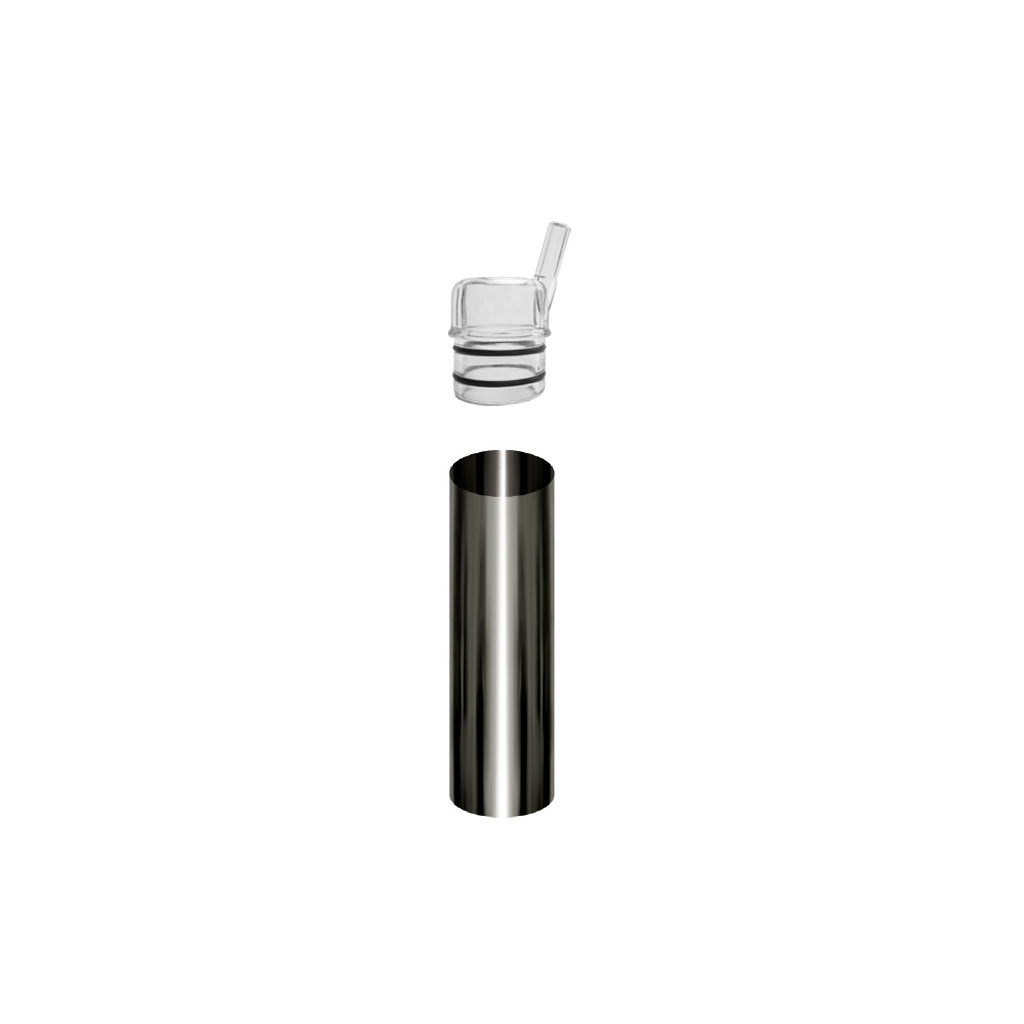

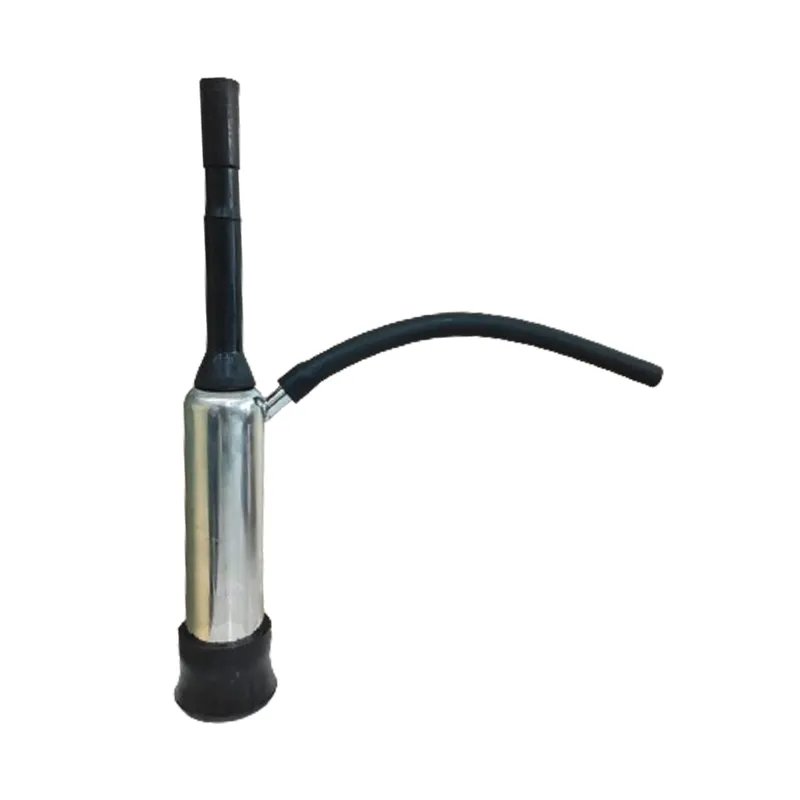
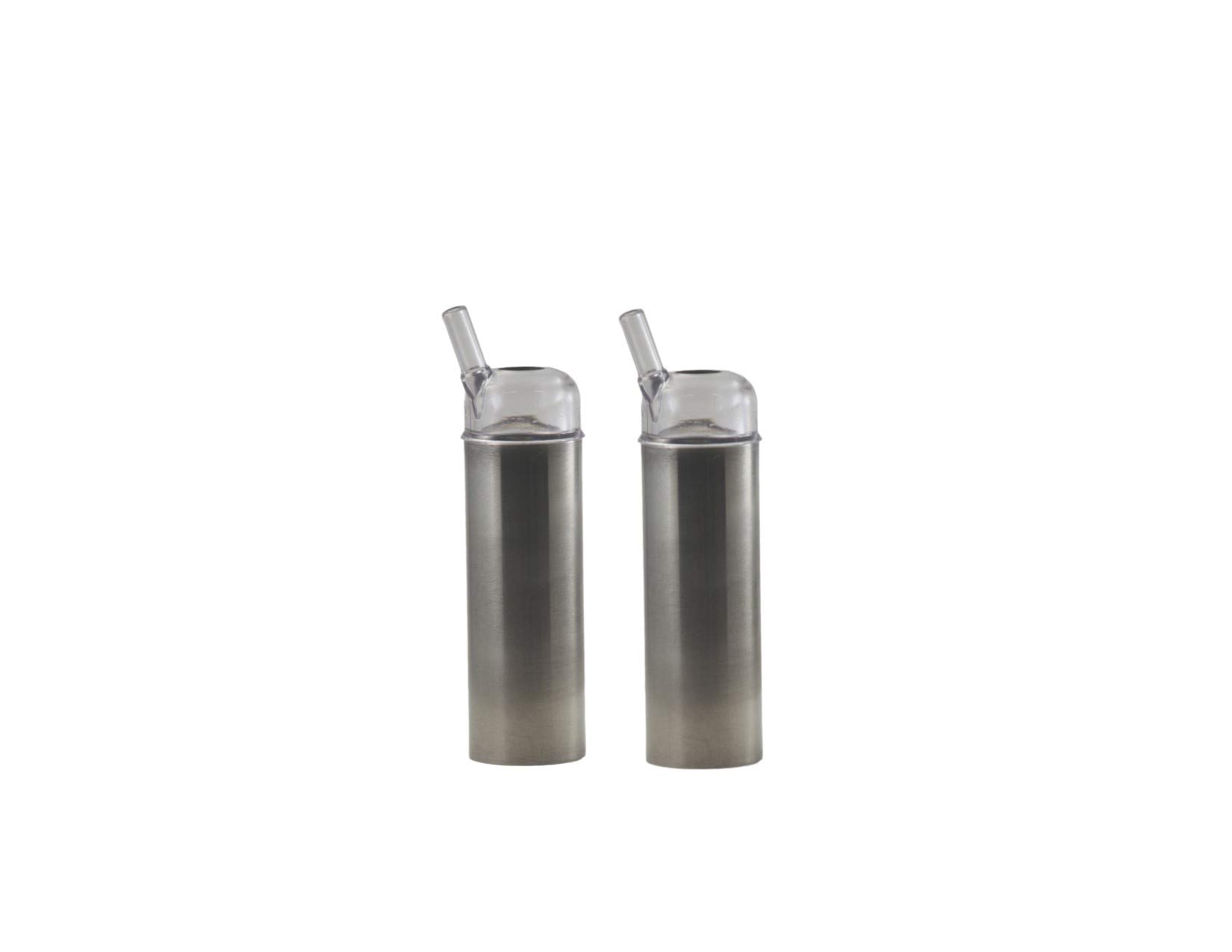
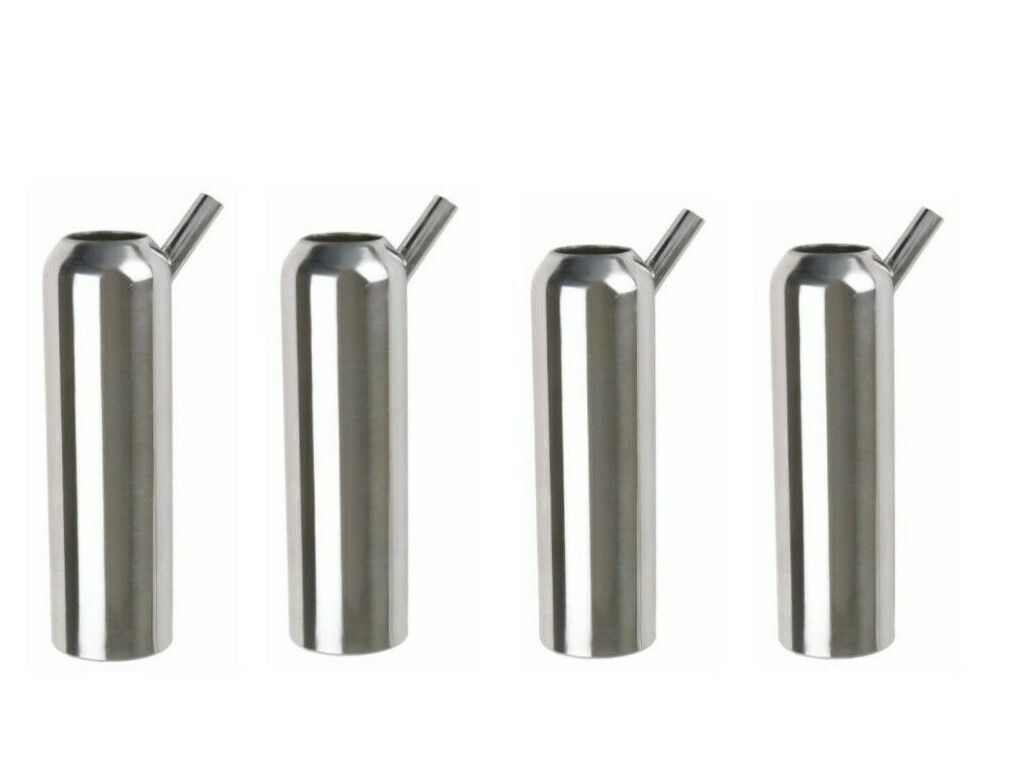
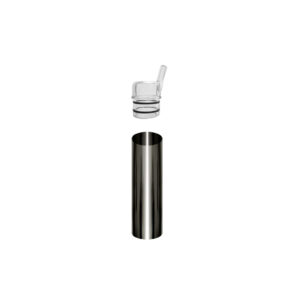

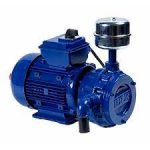
Reviews
There are no reviews yet.